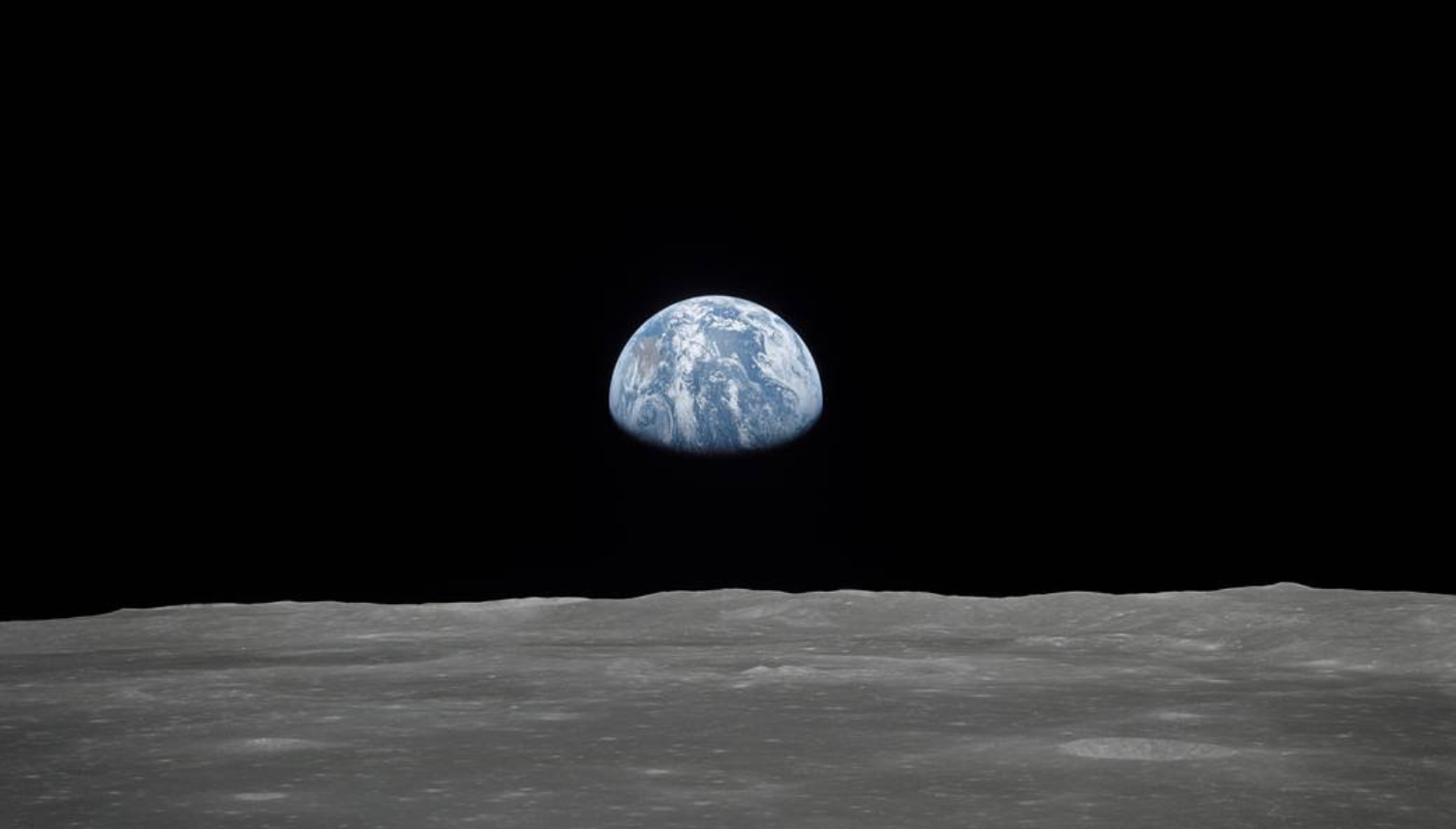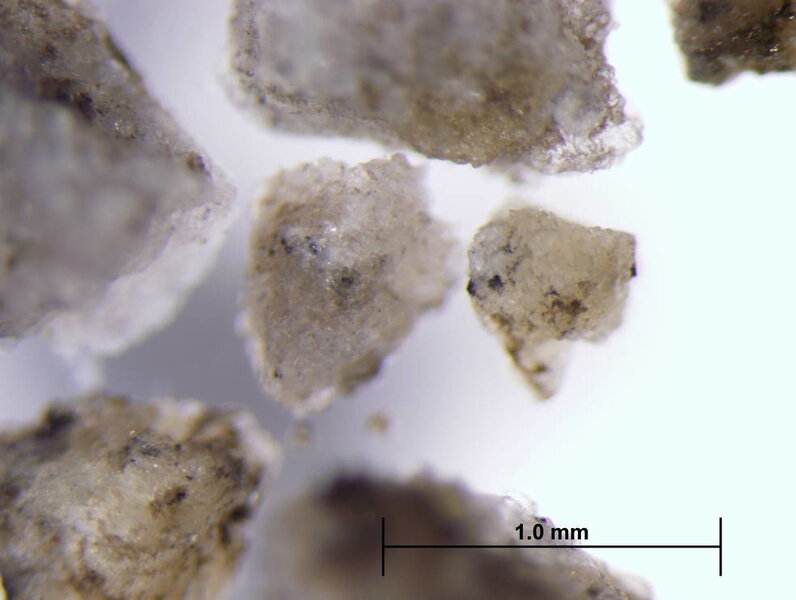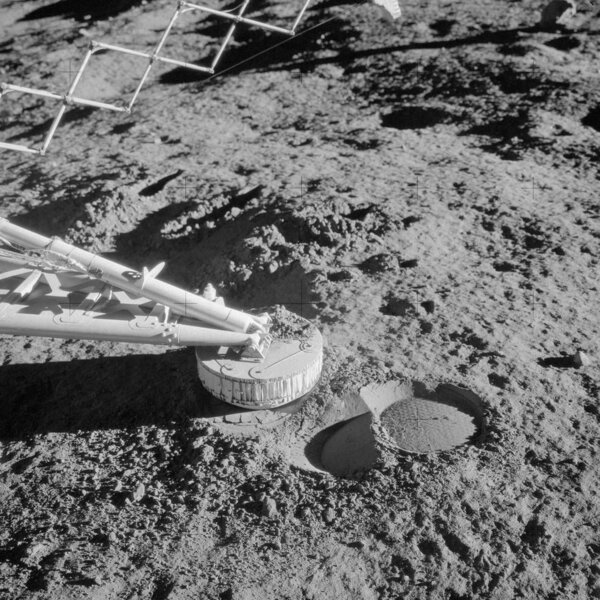Create a free profile to get unlimited access to exclusive videos, sweepstakes, and more!
What NASA needs to find out before Artemis makes that giant leap

After the Apollo era, our species thought we’d know all we ever would about the moon. Right?
Hardly. NASA is finally telling us we have much more to find out through Artemis. If we’re going to touch down there again and hang out for a while, there are some things humans need to learn on Earth before staying in a place with weird and possibly dangerous soil, unknown amounts of water, and almost zero atmosphere.
NASA needs to know how much the landing will contaminate the lunar surface long before astronauts even get onboard the spacecraft. There is really no point in studying moon dust that has been contaminated by stuff that hitched a ride from our planet. Planetary scientist Parvathy Prem designs computer simulations of a vehicle landing on the moon and spewing out exhaust. Even a small spacecraft would discharge 661 pounds of water and other gases a few miles out, so you can only imagine how much might come from anything big enough to carry humans.
"We’re not going to be able to avoid contamination,” Prem said, “but we need to know how much of it happens so we can account for that."
Speaking of where we’re going to be landing, moon dust is nothing like any kind of soil you’d find here on Earth. NASA compares it to baking flour. The closest thing we can compare lunar regolith to is sand, but sand particles are wrapped in air (which doesn’t exist on the moon) and buffed by years of water and wind exposure (which doesn’t happen on the moon). Lunar soil grains have sharp edges and are electrostatically charged by solar particles the moon is constantly getting bombed with. Anyone walking on the moon doesn't help the static.
What we need to find out is whether moon dust will gunk up lunar vehicles or give optical instruments a cloudy view, never mind what kind of tires are best suited to driving on the surface. This is why NASA is sending robots to crawl on the moon and find that out before astronauts leave more boot prints.
Moon water is something else we need to have more insight on before the mission that is at least supposed to happen in 2024. Astronauts will need it for drinking, but also need to split it into its hydrogen and oxygen components for breathing and fuel. That fuel could eventually shoot us off to Mars and deep space. NASA’s Lunar Reconnaissance Orbiter and other spacecraft have found water ice and molecules on the moon — and the reason Artemis is aiming for the lunar south pole is its water.
The thing is, remote spacecraft can only detect water in a shallow layer of the surface, so no one knows what might be lurking deeper in the moon, or if it’s even accessible. This is something (among many other things) that astronauts are going to have to probe for in the future.
(via NASA)
















